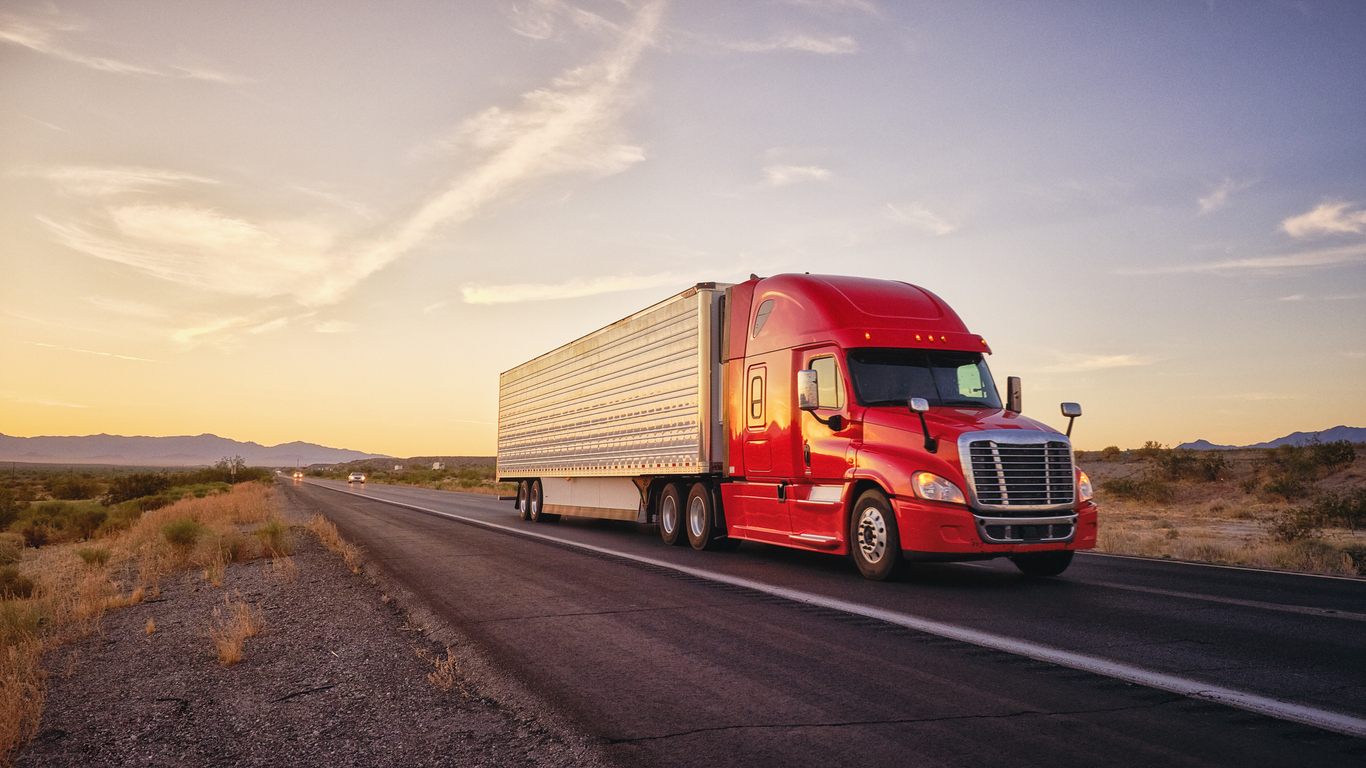“I do see the potential for costs to rise,” Todd Reiser, vice president of the insurance brokerage Lockton Cos., told Transport Topics. “When we really started to see the impact was probably in March or April of 2019. That’s when things really started to deteriorate.”
Reiser added the industry has seen substantial rate increases and diminished capacity, which means insurers shy away from lower limits.
The American Transportation Research Institute found that insurance premiums increased by 12% to 8.4 cents per mile in 2018. Costs are based on individual company loss, general industry trends and actuarial analysis.
Craig Dancer, the transportation industry practice leader for Marsh, also saw the trend escalate last year, noting accelerations in the third and fourth quarters.
“These increases are due to multiple factors, including increased severity driven by social inflation and ‘nuclear’ verdicts in the transportation space, but also from a deterioration in the general casualty market,” Dancer said.
Reiser agrees that there are several factors. “The size of the verdicts and settlements that the industry has faced in the last two or three years has increased, and it’s really caught the insurance companies in a spot where they feel they are heavily exposed to substantial loss and are trying to as quickly as possible increase their pricing to the point where they could conceivably make money.”
He cited other factors, too, such as congestion and distracted driving. Many times, accidents involving trucks weren’t caused by the driver, but they were in the accident, and therefore have a high liability limit.
The Federal Motor Carrier Safety Administration requires companies to cover drivers for a minimum of $750,000 an accident. The rate can go higher depending on the load. The payouts for accidents have increased, though, with some even exceeding $10 million.
“I don’t think we’re at the point where we are seeing anything level off,” Reiser said. “I haven’t see any indication of any sort of crazy spike worse than where we are at now. Prices just tend to continue to rise.”
The cause, he said, is less of a market cycle problem and more of a systemic issue, with the No. 1 issue being the increase in the amounts for liabilities.
Nick Saeger, assistant vice president for transportation products at Sentry Insurance, attributed rising truck insurance costs to even increased attorney involvement and litigation financing. “And while there is now some increasing awareness of those issues, there is more meaningful work to be done to subdue them,” he said. “The reality is that truck insurance costs will continue to climb commensurate with the costs related to handling those claims.”
The most immediate solution trucking companies can reach is invest in areas such as safety technology, which could reduce the chances of accidents and potentially clear drivers of wrongdoing.
“A short-term thing that a lot of our clients are doing is investing in the safety technology that’s available: collision mitigation, lane departure, forward and rear facing cameras,” Reiser said.
Companies can use such technology to exonerate drivers and to improve their performance, he said.
There are also some companies that are designing services and business models around the issue. RLI Transportation partnered with the transportation software company Samsara.
“Samsara provides comprehensive and real-time insight into vehicle and driving data, which allows for more accurate cost and risk modeling,” said Michelle Horan, insurance partnerships manager at Samsara.













